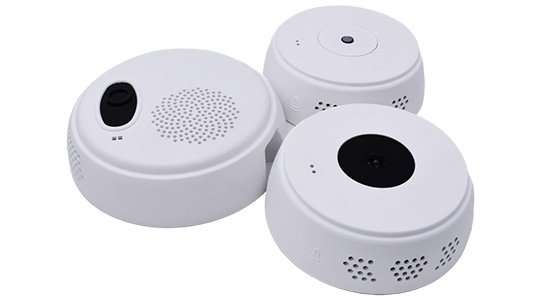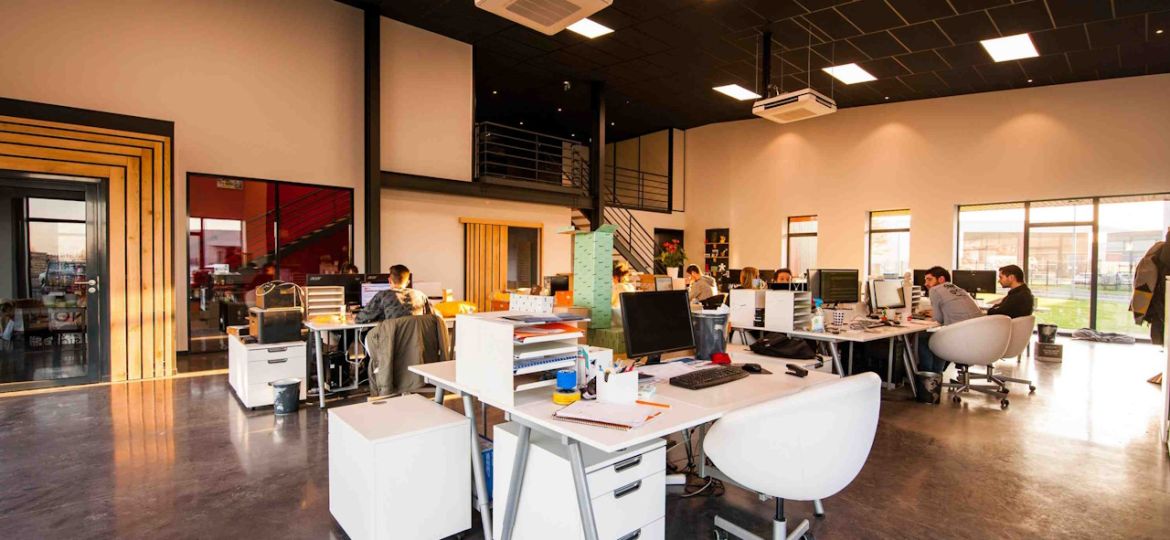The COVID-19 pandemic permanently transformed the way we work. Gone are the days of rigid, 9-to-5 office schedules. Today, employees are embracing flexibility, with many opting for hybrid work arrangements.
This blend of remote and in-office work offers numerous advantages for both employers and employees, but it also necessitates a shift in how we approach workplace attendance.
The rise of hybrid work
Pre-pandemic, working from home was often seen as a perk reserved for a select few. Now, it’s become a mainstream option, with employees citing factors like convenience, cost savings, and improved work-life balance as key motivators. However, complete isolation can also be a downside. Many employees still value the social interaction and collaboration fostered by a physical office environment.
This confluence of preferences has led to the rise of hybrid work models. These flexible arrangements allow employees to split their time between working remotely and coming into the office. The specific structure of a hybrid model can vary depending on the company and its needs. Some models require employees to be in the office a certain number of days per week or month, while others offer complete flexibility.
Benefits of hybrid work

Hybrid models offer a win-win situation for both employers and employees. Here are some key benefits:
Increased employee satisfaction and productivity: Studies have shown that employees who have flexibility in their work arrangements tend to be happier, more engaged, and ultimately, more productive.
Reduced costs: Companies can potentially save on overhead costs by downsizing office space as employees spend less time physically present.
Improved talent acquisition and retention: Offering hybrid work options can make a company more attractive to top talent, especially in a competitive job market.
Enhanced collaboration: While remote work offers flexibility, in-office time can be crucial for fostering team spirit, brainstorming sessions, and building stronger relationships.
Challenges and considerations
While hybrid work offers numerous benefits, it’s not without its challenges. Here are some key considerations:
Maintaining company culture: Building and maintaining a strong company culture can be more difficult when employees are geographically dispersed.
Ensuring equitable opportunities: It’s essential to ensure all employees, regardless of location, have equal access to opportunities and resources.
Effective communication: Clear and consistent communication is paramount in a hybrid work environment to keep everyone informed and aligned.
Space optimization: Companies may need to reconfigure their office spaces to accommodate a hybrid workforce, prioritizing collaborative areas and activity-based working environments.
Optimizing your workplace for the hybrid era
People counting sensors, equipped with anonymous data collection, provide facilities managers with a treasure trove of valuable insights. By tracking foot traffic and occupancy levels, these sensors offer a clear picture of how your office space is actually being used.
This data empowers you to make data-driven decisions that can significantly improve:
Resource Allocation: Allocate resources strategically based on real-time occupancy data. Focus cleaning efforts on high-traffic areas and adjust staffing levels based on actual needs.
Energy Efficiency: Implement energy-saving initiatives by integrating occupancy data with HVAC systems. Reduce energy consumption in underutilized areas and ensure optimal comfort levels for staff in occupied spaces.
Space Optimization: Identify underutilized spaces and reconfigure them to better suit evolving needs. This could involve creating dedicated collaboration zones or optimizing open-plan layouts.
Terabee People Counting Solutions
Terabee offers two GDPR-compliant people counting solutions designed for specific use cases:
Terabee People Occupancy Counting: Ideal for large spaces like open offices and coworking areas, this device provides real-time insights into occupancy levels. Optimize room booking systems and seating arrangements based on accurate data.

Terabee People Flow Counting: Discreet and easy to install, these devices track people entering and exiting designated areas. Gain insights into staff movement patterns, identify bottlenecks, and improve overall traffic flow.
The hybrid work model is here to stay. By embracing flexibility and leveraging data-driven insights, companies can create a future-proof workplace that fosters employee satisfaction, productivity, and collaboration in the new era of work.



